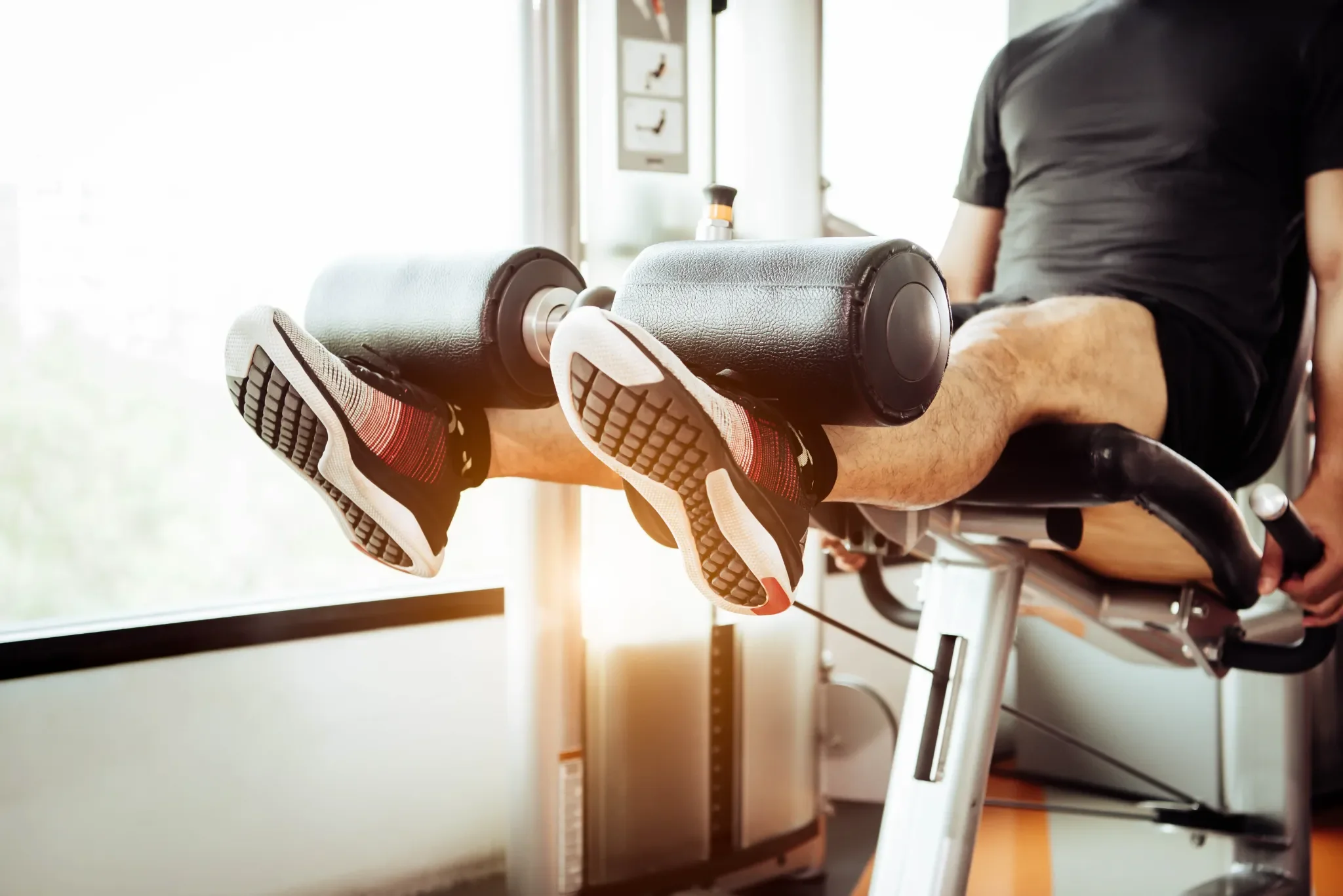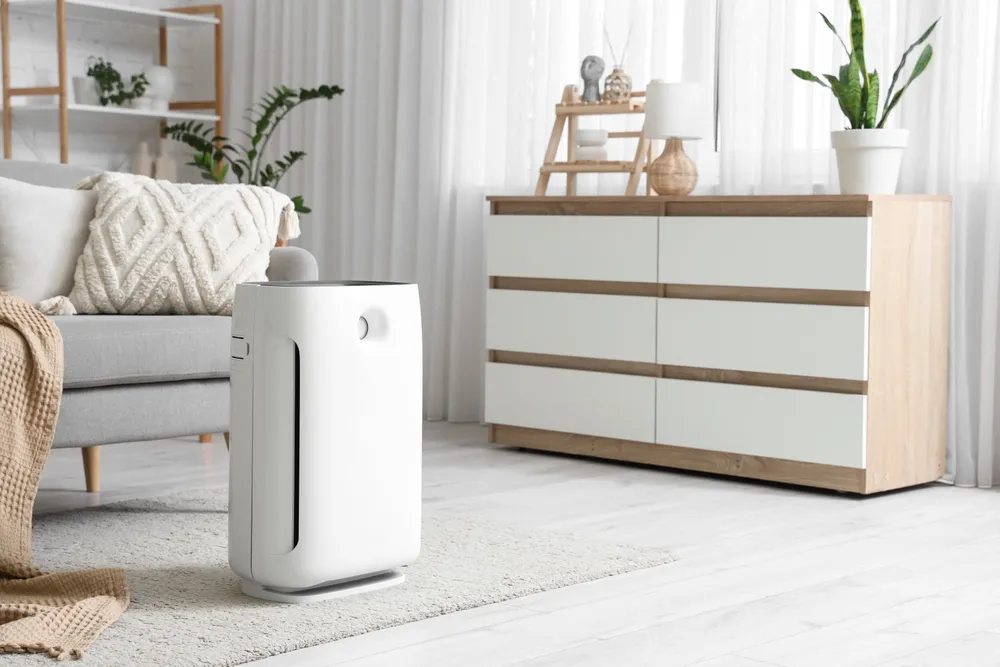Ever wondered which muscles truly power your ability to extend your legs and build strong, sculpted quads? Leg extensions are a go-to exercise for isolating and strengthening your quadriceps, but understanding the muscles involved in leg extension can help you maximise results. Whether you’re a gym enthusiast or a beginner, knowing how to do it properly is key to avoiding injuries and achieving your goals. Curious about leg extension alternatives? Don’t worry—we’ve got those covered too!
Introduction to the Leg Extension Exercise
Leg extensions or quad ext are all about precision and results. By isolating the muscles involved in leg extension, particularly the quadriceps, this exercise strengthens and defines your thighs. It’s a go-to move for anyone looking to focus on specific muscle groups, from beginners to seasoned lifters.
But proper recovery is just as important as the workout itself. After an intense leg day, tools like OSIM’s massage chairs and sofas can help relax sore muscles and improve circulation, ensuring you’re ready for your next session.
Muscles Involved in Leg Extension
What does leg extension work? Primarily, it targets the quadriceps—a group of four muscles:
- Rectus femoris
- Vastus lateralis
- Vastus medialis
- Vastus intermedius
These muscles straighten the knee and build strength and shape in your thighs. Supporting muscles, like the hamstrings and hip flexors, help maintain balance and proper form, while calf muscles and glutes act as stabilisers, ensuring smooth motion.
By understanding these muscles involved in leg extension, you can maximise your results and avoid injuries.
Benefits of Leg Extensions for Strength and Health
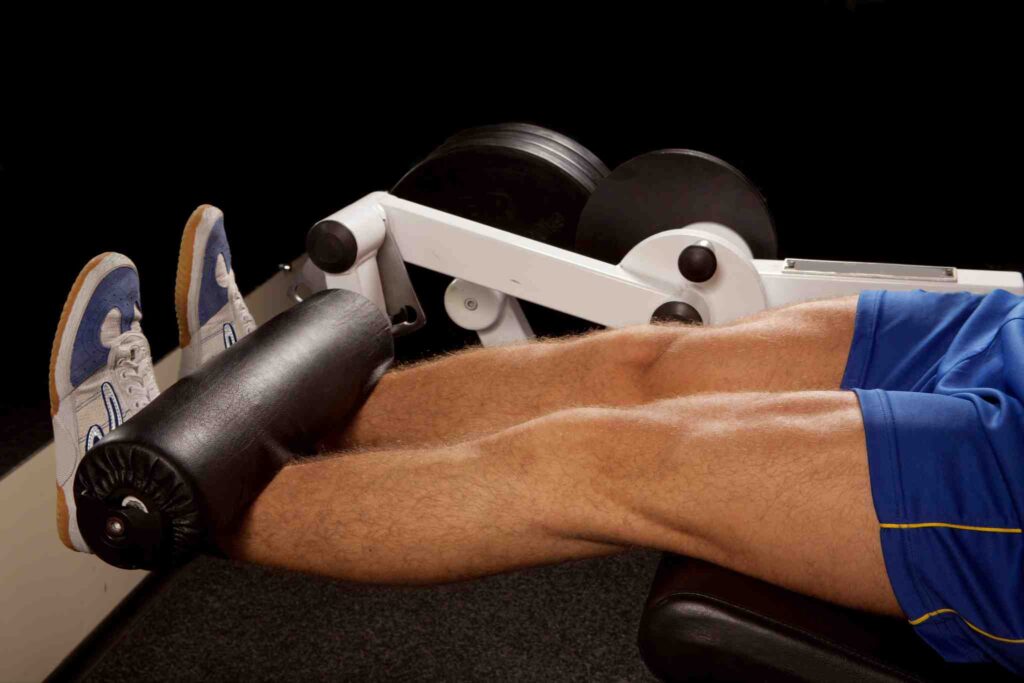
Leg extensions are a versatile exercise with several benefits:
- Isolating the Quadriceps: Focuses on the extension quads muscle hold for targeted growth and improved definition.
- Knee Joint Strength: Enhances the stability and resilience of knee ligaments, reducing injury risk.
- Adaptability: Suitable for all fitness levels, with adjustments for strength, endurance, or muscle growth.
Pairing leg extensions with recovery strategies, like stretching or using OSIM’s leg massager, ensures optimal results and keeps your legs ready for action.
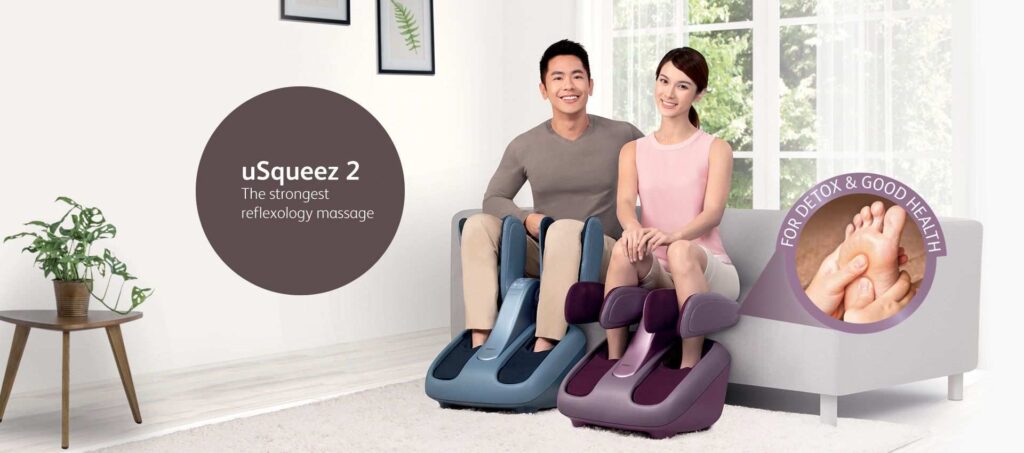
How to Do Leg Extensions Correctly
Achieving the best results starts with proper positioning. Adjust the machine seat so your knees align with the pivot point, and the pads rest comfortably above your ankles. This setup ensures the muscles involved in leg extension are engaged effectively.
Step-by-Step Guide: Targeting Muscles Involved in Leg Extension
Follow these steps to execute the exercise safely and effectively:
- Start with Control: Push the weight upward slowly and steadily and focus on engaging your quads throughout the movement.
- Lower with Precision: Bring the weight smoothly while keeping tension in your muscles.
- Avoiding Overextension: Stop just before fully extending your legs to protect your joints from strain and potential injury.
Advanced Techniques for Leg Extensions
Take your leg extension exercise to the next level with these advanced techniques. They’re perfect for breaking through plateaus and adding intensity to your routine.
- Partial Reps: Target specific areas of the muscles involved in leg extension by focusing on the top or bottom half of the movement.
- Drop Sets: Push your quads to full fatigue by reducing weight after reaching failure and continuing the exercise.
Don’t forget to cool down after doing these intense exercises for leg extension.
Leg Extension Machines: Choosing the Right One
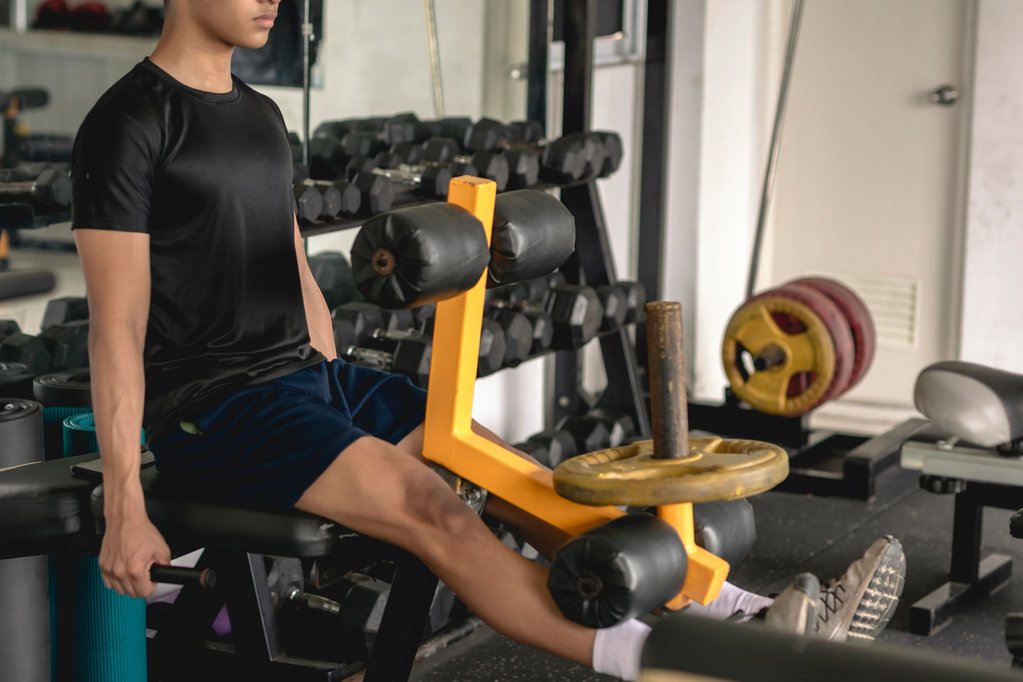
Different leg extension machines cater to varied needs:
- Plate-loaded machines: Suitable for advanced lifters seeking heavier resistance.
- Selectorised machines: Ideal for beginners with adjustable weights and easier setup.
- Dual-purpose machines: Combine leg extension and curl functions, making them versatile for a home gym.
Leg Extensions and Rehabilitation
Leg extensions are often used in physical therapy to rebuild strength after knee injuries. Starting with light resistance and controlled movements can help improve joint stability and muscle recovery. Always follow a healthcare professional’s guidance when using this exercise for rehab purposes.
Common Mistakes in Leg Extensions and How to Avoid Them
Leg extensions are simple but easy to get wrong. Avoid these pitfalls:
1. Using Too Much Weight Too Soon
It’s tempting to load up the machine knee extension with heavy weights, but starting too heavy can strain the muscles involved in leg extension and lead to injury. Begin with a manageable weight and gradually increase as your strength improves.
2. Relying on Momentum Instead of Muscle Control
Swinging the weight using momentum instead of controlled motion reduces effectiveness and can strain your joints. Focus on slow, deliberate movements to fully engage the leg extension muscles involved.
3. Incorrect Machine Settings Leading to Poor Form
Improper seat or pad adjustments can throw off your alignment, putting unnecessary stress on your knees. Always check the settings to ensure a safe and effective workout.
By staying mindful of these common errors, you’ll protect your joints and maximise the effectiveness of the exercise.
Leg Extension Variations and Alternatives
You don’t always have to hit the gym or even purchase a machine to do leg extensions. One of the most common variations of leg extensions doesn’t even require any equipment. Continue reading to find out what are some of the alternatives to leg extensions without machine.
Machine-Free Variations
The alternatives that still target the muscles involved in leg extension:
- Bodyweight Leg Extensions: A No-Equipment Option
Kneel on the floor, lean back slightly, and slowly return to the starting position. It’s challenging but effective. - Resistance Band Leg Extensions for Home Workouts
Anchor a band to a stable object, loop it around your ankle, and mimic the motion of a leg extension.
Top Alternatives to Leg Extensions
Here are some leg extension substitutes that target the muscles involved in leg extension while adding variety to your routine.
- Barbell Squats: A full-body exercise engaging the quads, glutes, and hamstrings.
- Leg Press: Offers a supported way to isolate quads while protecting your back.
- Bulgarian Split Squats: A single-leg exercise for balance and quad strength.
- Hack Squat Machine: Excellent for targeting quadriceps directly.
Customising Your Leg Extension Routine
When performing leg extensions, understanding your goal is key. Here’s how to structure your sets and reps for the best results:
- For Strength: 3–5 sets of 4–6 reps with heavy weights.
- For Hypertrophy (Muscle Growth): 3–4 sets of 8–12 reps at moderate weight.
- For Endurance: 2–3 sets of 15–20 reps using lighter weights.
To avoid plateaus, increase the weight gradually or adjust your rep range every few weeks. Whether your goal is strength, size, or stamina, variety is essential for progress.
Training Programmes That Include Leg Extensions
If you are still wondering what does leg extension work, remember that this workout is ideal for isolating the quad ext, the muscles involved in leg extension. Experience how it works by trying these training programmes that are suited based on your level of fitness.
- Beginner Leg Workouts for Building a Foundation: Combine them with bodyweight squats and light lunges for a simple routine that strengthens your legs while improving form.
- Advanced Routines to MaximiSe Quad Development: For more experienced lifters, leg extensions pair well with compound moves like barbell squats and hack squats.
- Functional Fitness Plans with Leg Extensions: Use them in functional fitness plans to boost knee stability and complement dynamic exercises like step-ups or sled pushes.
Leg Extension FAQs
1. What muscles are involved in leg extension exercises?
Leg extensions primarily target the quadriceps femoris, which includes the rectus femoris, vastus lateralis, vastus medialis, and vastus intermedius. These muscles work to straighten the knee and provide strength and definition to your thighs. Secondary muscles like the calves and glutes act as stabilisers during the movement.
2. How do I perform leg extensions correctly?
Start by adjusting the seat and pads of the leg extension machine to ensure proper alignment. Your knees should match the machine’s pivot point, and the pads should rest just above your ankles. Use controlled movements to lift and lower the weight, keeping tension on the quads and avoiding locking your knees.
3. Are there alternatives to leg extensions?
Yes! Alternatives include barbell squats, leg presses, Bulgarian split squats, and hack squat machines. These exercises target the same muscles involved in leg extension while adding variety to your routine.
4. How many sets and reps should I do for leg extensions?
- Strength: 3–5 sets of 4–6 reps with heavy weights.
- Hypertrophy (Muscle Growth): 3–4 sets of 8–12 reps at moderate weight.
- Endurance: 2–3 sets of 15–20 reps with lighter weights. Adjust based on your fitness goals.
5. When and how to incorporate leg extensions into your workout?
Leg extensions are a great way to target the muscles involved in leg extension, especially the quadriceps. But what does leg extension work best with? Pairing them with compound exercises can create a balanced leg workout.
- Placing Leg Extensions in Your Routine: Use them as a finisher after heavy compound moves like squats or lunges to isolate and fully engage the quads.
- Pairing with Compound Exercises: Combine leg extensions with squats or leg presses to activate multiple muscles while ensuring the quads get extra focus.
Incorporating them strategically can help you maximise strength and definition in your legs.
6. How can I recover after leg day?
Recovery is crucial. Tools like OSIM massage chairs and leg massagers can help ease sore muscles, improve circulation, and prepare your legs for the next workout. Stretching and hydration also enhance recovery.
7. Leg extension vs leg curl
Leg extensions target the quadriceps while leg curls focus on the hamstrings. Combining both exercises in your routine ensures balanced leg development and reduces the risk of muscular imbalances.
8. Are leg extensions safe for people with knee issues?
Leg extensions can be safe for individuals with knee concerns when performed with proper form and a manageable weight. Ensure your knees align with the machine’s pivot point, and avoid overextension to minimise stress on the joint. It’s also a good idea to consult a physiotherapist or fitness expert to tailor the exercise to your needs.
9. Can leg extensions help with sports performance?
Yes, strong quadriceps are essential for activities like sprinting, jumping, and kicking. Incorporating leg extensions into your routine can enhance power, improve knee stability, and reduce the risk of injury during high-impact sports.
10. Do leg extensions burn calories?
While primarily a strength-training exercise, leg extensions contribute to overall calorie burn, especially when performed in a high-rep range with moderate weights. Pair them with compound movements like squats or deadlifts for a more comprehensive calorie-burning routine.
11. What’s the difference between leg extensions and lunges?
While leg extensions isolate the quadriceps, lunges engage multiple muscle groups, including the glutes, hamstrings, and core, making them a compound exercise. Leg extensions are better for targeted quad development, whereas lunges improve overall leg strength, balance, and coordination.
12. How does the machine knee extension compare to free-weight alternatives?
The machine knee extension offers stability and isolates the quadriceps effectively, making it ideal for beginners or rehab settings. Free-weight alternatives like barbell squats or Bulgarian split squats engage stabiliser muscles and provide a more functional, dynamic workout.
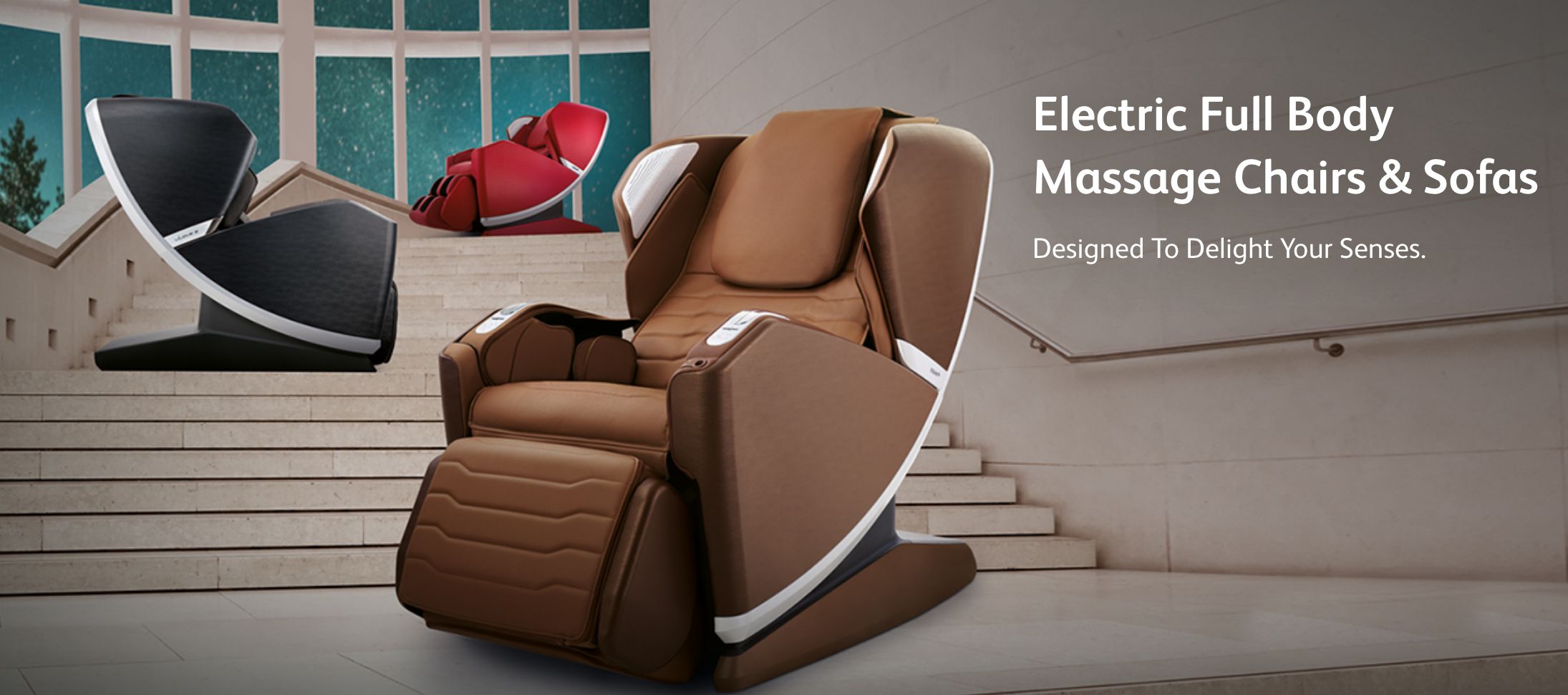
Unlock the Power of Leg Extensions with Confidence
Leg extensions are an effective exercise for isolating the muscles involved in leg extension, especially the quadriceps. Whether you’re a beginner or an experienced lifter, incorporating proper form, strategic variations, and advanced techniques into your routine can increase strength, improve definition, and enhance joint health. Pairing leg extensions with recovery tools like OSIM massage chairs ensures your legs are always ready for the next challenge. Curious to take your leg workouts to the next level? Explore OSIM’s innovative recovery solutions to boost performance and recovery today!

